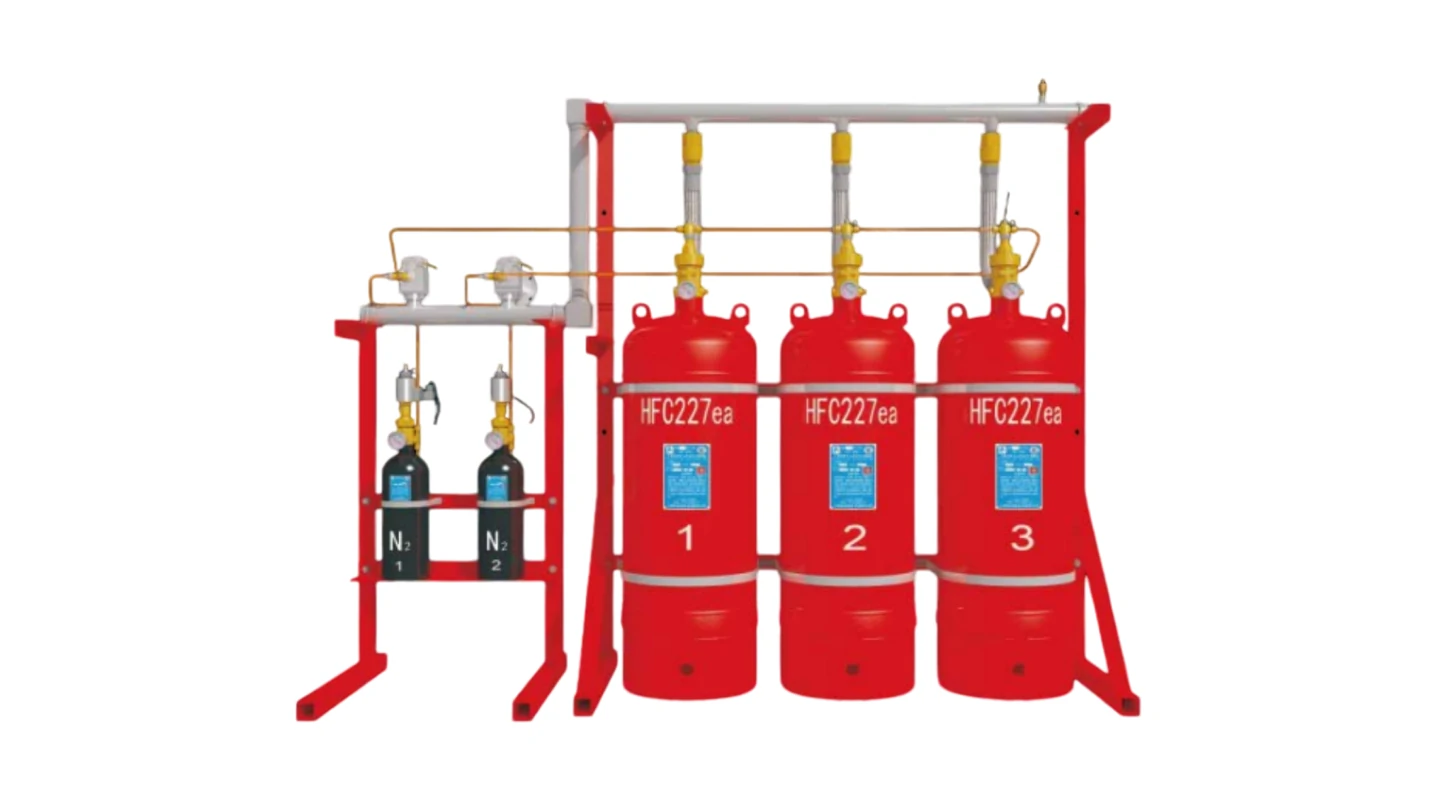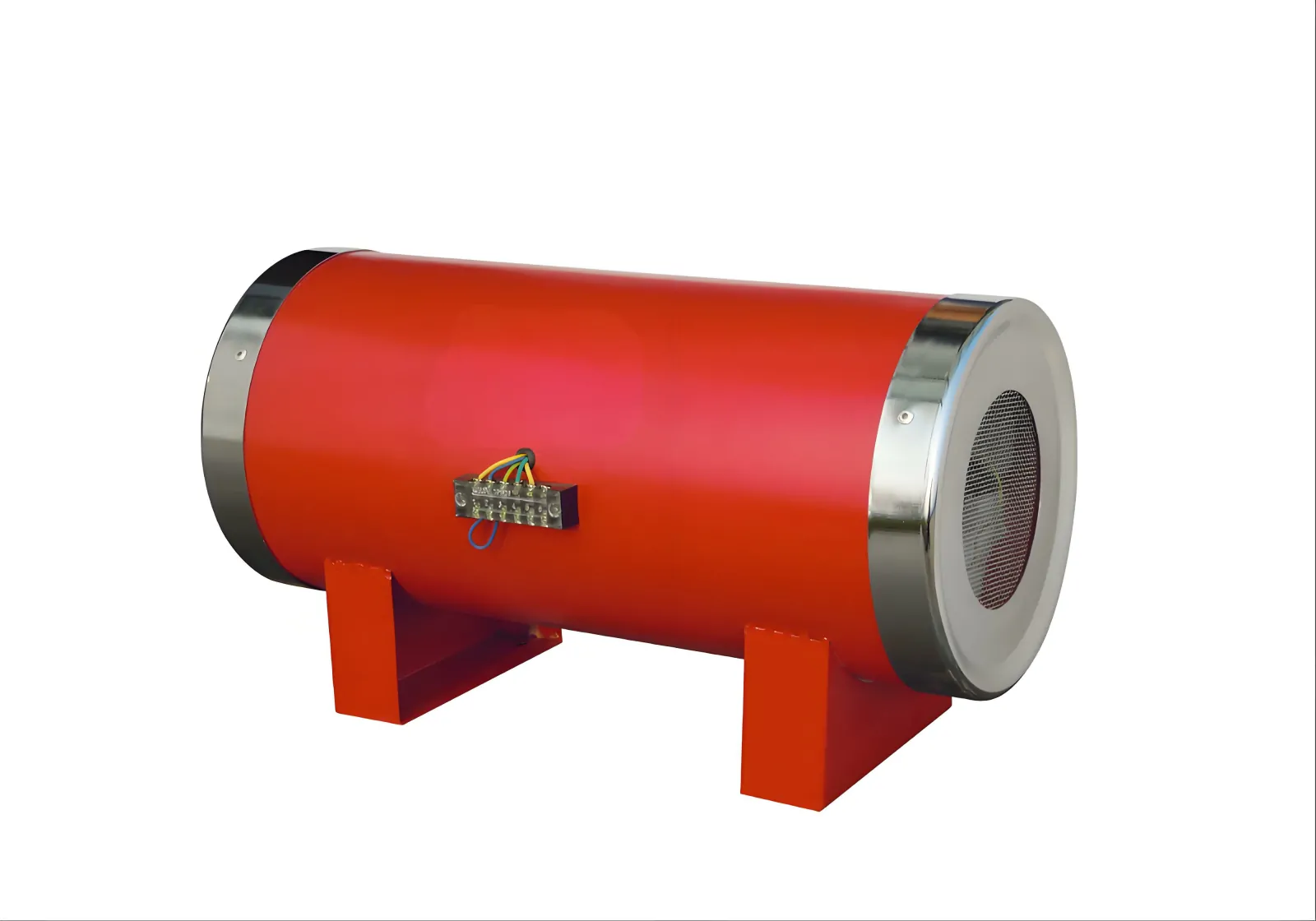Home » Data Center Fire Suppression
data center fire suppression
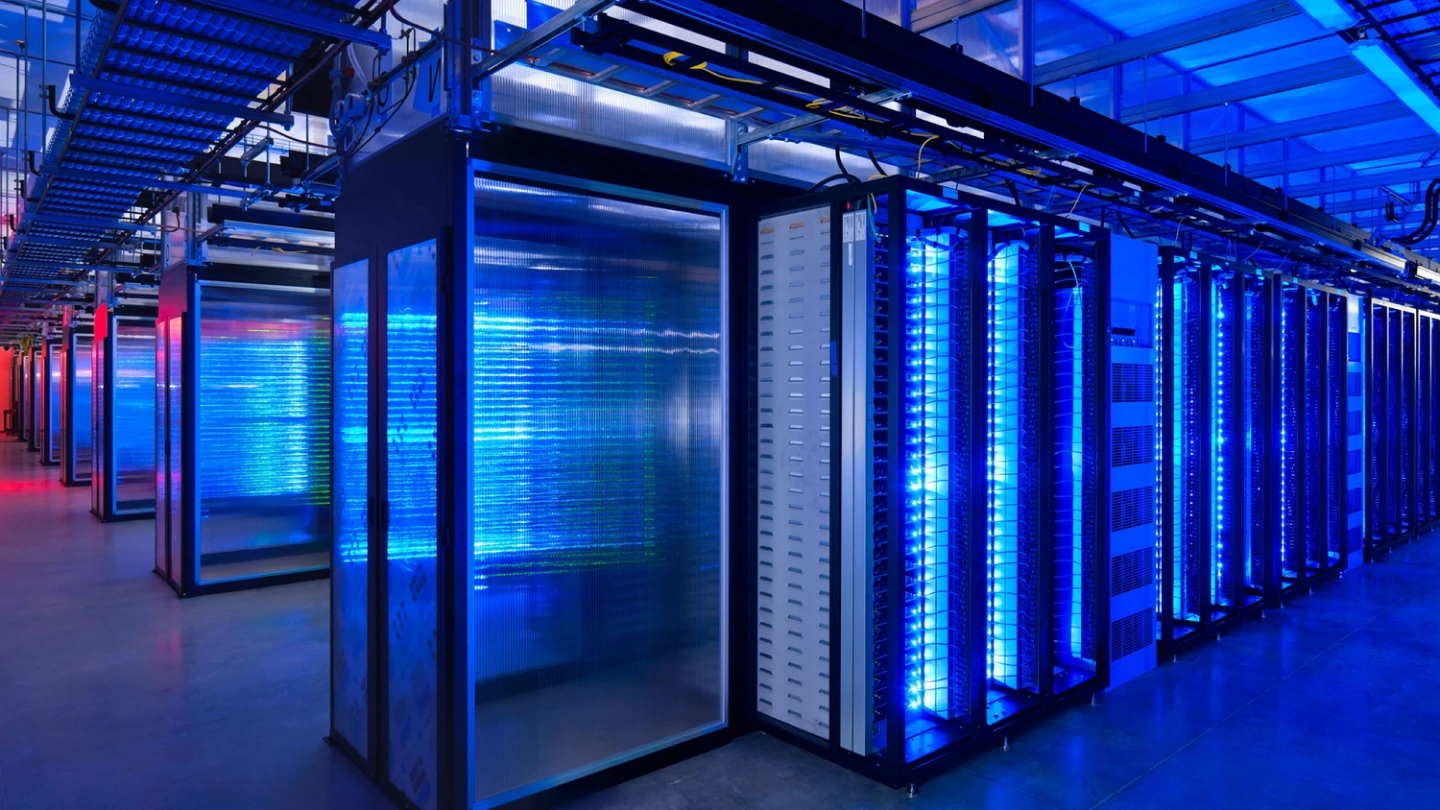
Data centers are mission-critical environments that operate under high electrical loads, dense rack configurations, and continuous airflow—conditions that increase the likelihood of data center fires and rapid spread. Between 2016 and 2023, more than 75 data center fire incidents were reported in U.S. facilities, with individual events causing over $10 million in losses due to equipment damage, data loss, and service downtime.
Typical fire hazards include arcing faults in electrical panels, overheated power distribution units (PDUs), and thermal runaway in lithium-ion battery systems. These events often occur when inlet air temperatures exceed 35°C (95°F), internal component temperatures rise beyond 80–100°C, and airflows reach over 2,000 feet per minute—creating turbulent environments where smoke stratification and early detection and suppression become highly challenging.
How Data Center Fire Suppression Systems Work
Step 1: Early Fire Detection
Data center fire suppression systems begin with ultra-sensitive detection and suppression technologies. VESDA (Very Early Smoke Detection Apparatus) uses aspirating detection to continuously sample air and detect smoke particles as small as 0.1 microns—far earlier than conventional smoke fire detectors. This enables identification of overheating cables, power modules, or circuit boards before ignition occurs.
In parallel, thermal sensors monitor critical areas for temperature spikes, commonly set between 135°F and 160°F (57–71°C). To prevent false alarms, most systems utilize cross-zoned detection or dual-sensor verification protocols before initiating a suppression system for data center protection.
Step 2: Activation & Suppression Deployment
Once a data center fire condition is confirmed, the system activates based on predefined logic and system type:
Clean agent fire suppression systems (e.g., FM-200, 3M Novec™ 1230) discharge within 10 seconds, absorbing heat and chemically interrupting combustion without reducing oxygen levels—making them ideal for occupied spaces like server rooms.
Aerosol-based types of fire suppression systems generate a fine chemical mist that rapidly cools the flame zone and disrupts combustion, effectively suppressing fires within 30 seconds.
Wet pipe or pre-action sprinkler systems engage only after both smoke and heat thresholds are exceeded. These water based systems activate typically above 165°F (74°C) and are designed to reduce the chance of accidental water damage to sensitive electronic equipment.
Step 3: Fire Containment, Ventilation & System Reset
After data center fire suppression, the ventilation system removes residual gases, aerosols, or water mist. Clearance time depends on room size and airflow capacity but typically completes within several minutes.
Before operations resume, fire safety teams inspect the area, confirm that all hazards are neutralized, and reset control panels. The entire sequence is managed by an integrated data center fire protection system—ensuring uptime continuity, compliance with every code requirement, and protection of critical IT infrastructure.
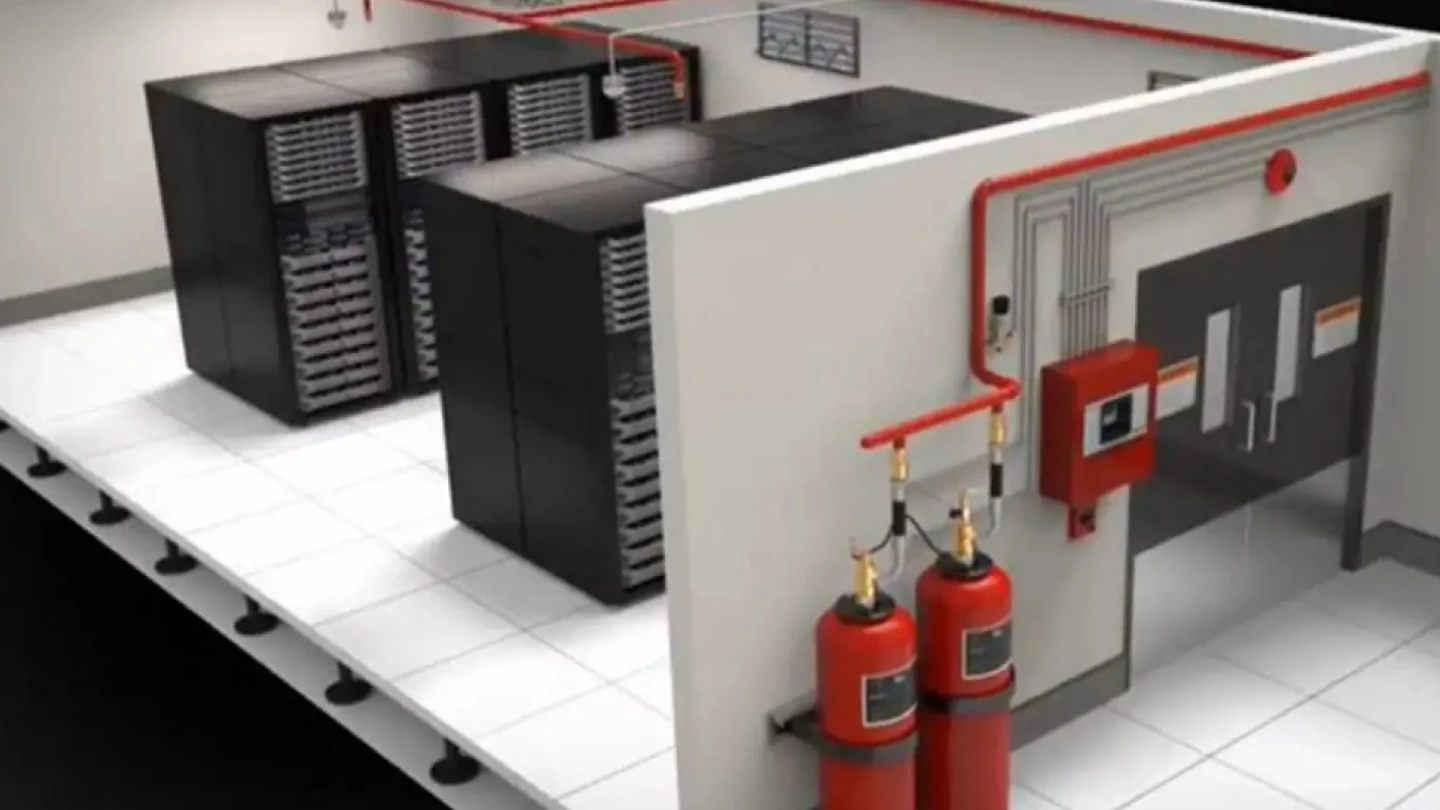
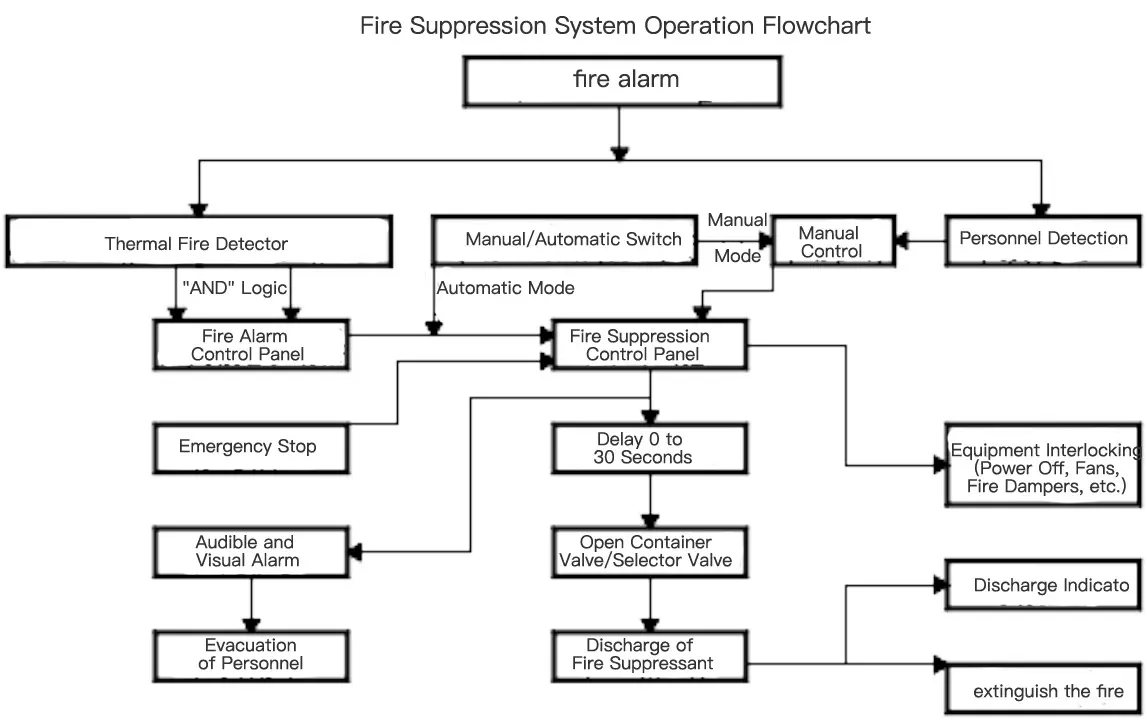
Types of Fire Suppression Systems for Data Centers
Clean agent systems are the safest and cleanest choice for data centers. Inert gas and aerosol systems offer non-water alternatives with trade-offs in space or residue. Sprinklers are cost-effective backups, but not ideal for protecting electronics.
| System Type | Suppression Medium | Discharge Time | Ideal Use Area | IT Equipment Safety | Residue-Free | Installation Complexity | Cost Level | Safe for Occupied Spaces | Key Compliance Standards |
| Clean Agent Fire Suppression | FK-5-1-12 (3M Novec™), FM-200 | ≤ 10 seconds | Server rooms, white space | Excellent | Yes | Moderate | $$$ | Yes | NFPA 75, NFPA 2001, EPA SNAP |
| Inert Gas Systems | IG-541, IG-100, Argonite | ≤ 60 seconds | High-value areas, UPS rooms | Excellent | Yes | High (large piping) | $$$$ | Limited (oxygen drop) | NFPA 2001, ISO 14520 |
| Condensed Aerosol | Solid-state aerosol compound | ≤ 30 seconds | Rack enclosures, edge deployments | Good | Minimal | Low (modular units) | $$ | Limited (particulates) | UL 2775, NFPA 2010 |
| Water Mist Fire Suppression | Fine mist water droplets | ≤ 30 seconds | Mechanical rooms, hybrid spaces | Conditional | Slight | High | $$$ | Yes | NFPA 750 |
| Wet Pipe Sprinkler | Water | > 60 seconds | Facility-wide fallback areas | Poor | No | Low | $ | Yes | NFPA 13, NFPA 25 |
| Pre-action Sprinkler System | Water (controlled release) | > 60 seconds | Dual-detection zones | Medium | No | Medium | $$ | Yes | NFPA 13, NFPA 72 |
GET A FREE CONSULTATION TODAY!
Ensure uninterrupted IT operations with Flarenix’s NFPA-certified data center fire suppression systems.
✔ Zero-Damage Fire Suppression – Clean agent and aerosol suppression ensure fire protection without IT infrastructure failure.
✔ Ultra-Fast Activation – Fire suppression engages within 10 seconds, preventing overheating-related damage.
✔ Meets NFPA & UL Standards – Compliant with NFPA 75, NFPA 2001, UL 2166, and FM Global certifications.
✔ Scalable for Any Data Center Size – Modular suppression solutions adapt to enterprise and micro data centers.
And more!!!

